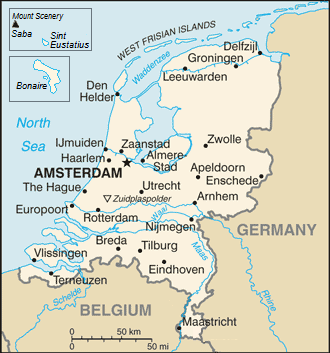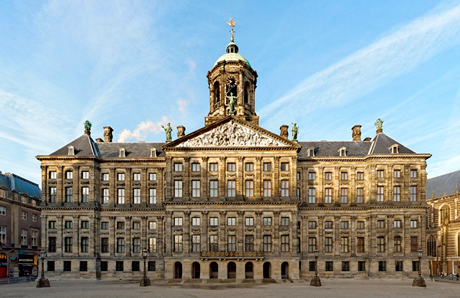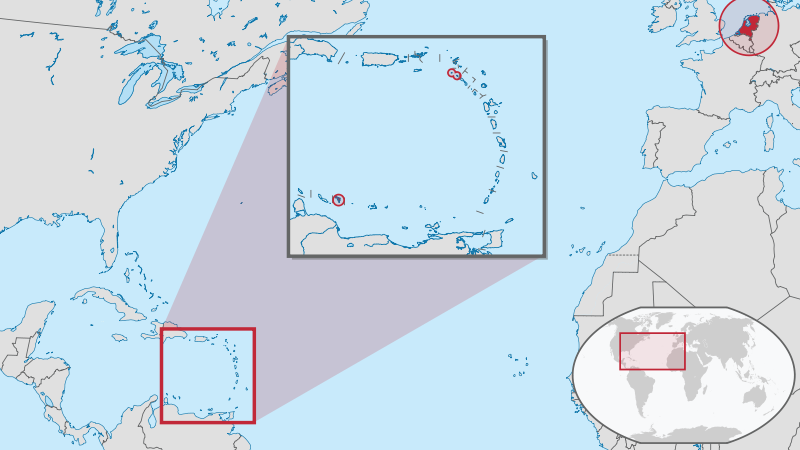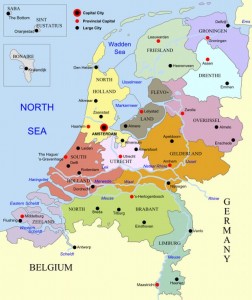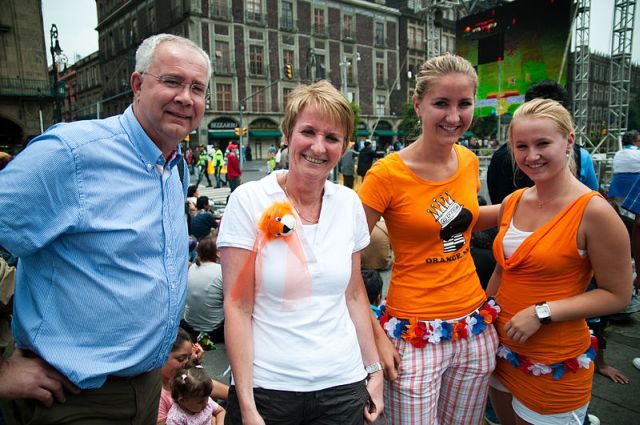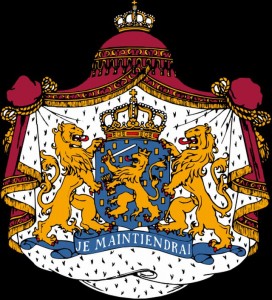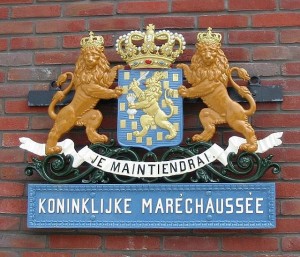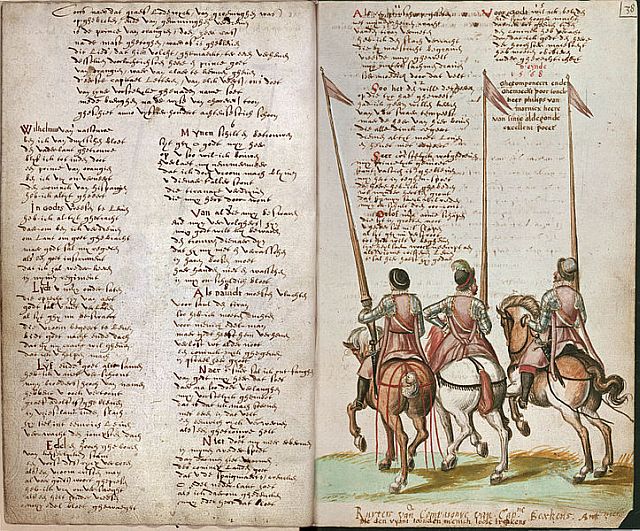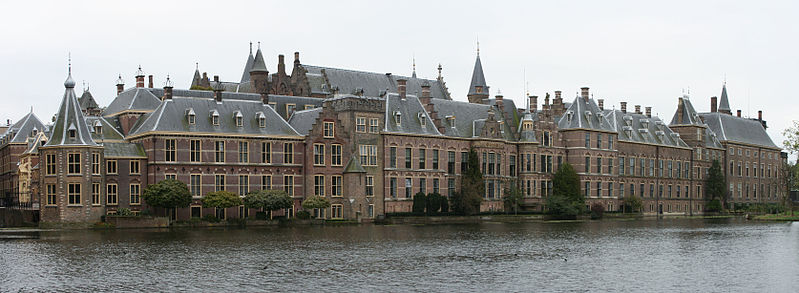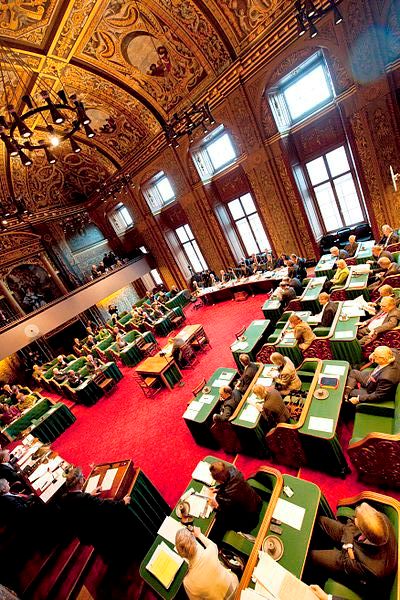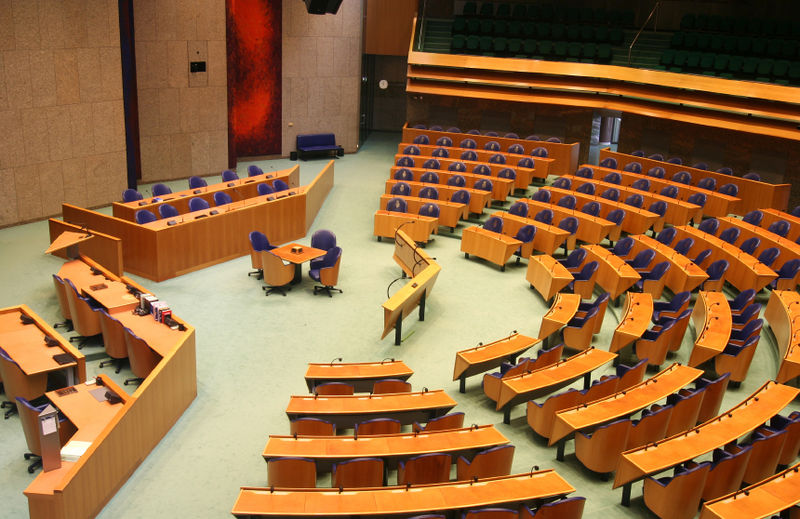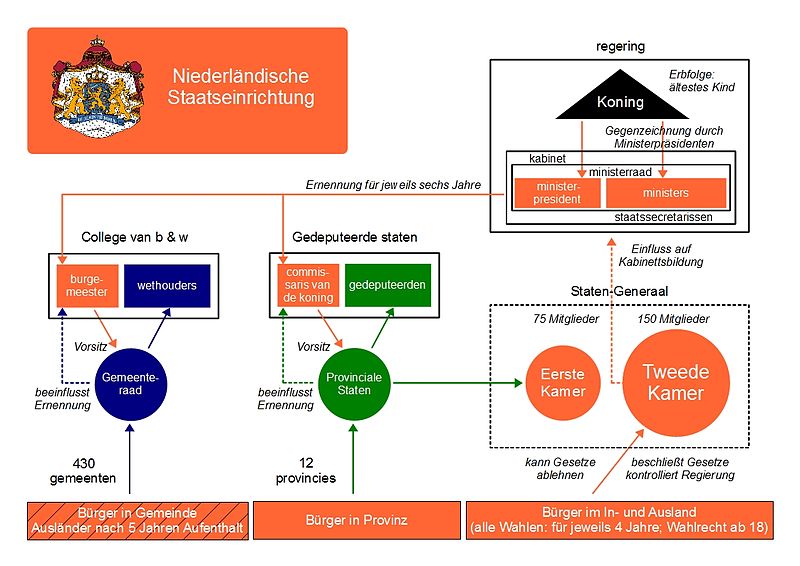Name: Kingdom of the United Netherlands, or for short: the Netherlands. Informal also well known as Holland which is incorrect as Holland (today) is only the name of 2 provinces (Northern- and Southern-Holland).
The Netherlands are not the same as Holland!
The Dutch gouvernement
Lowest area: Zuidplaspolder
Capital: Amsterdam
Amsterdam, the Royal Palace
(Webcam on Dam squire)
Seat of government: The Hague.
The Netherlands is a country that is a part of the Kingdom of the Netherlands.
This Kingdom consists of 12 provinces and of the 3 Caribbean islands: Bonaire, Sint Eustatius and Saba, which have the status of special municipalities of the country.
Geographical:
Netherland is a land that is a part of the Kingdom of the Netherlands. In the west and north it borders to the North Sea, the eastern border is with Germany and the southern one is with Belgium. The capital is Amsterdam, but the seat of the government is in The Hague (officially called: ‘s Gravenhage = „des Graven hage”).
The Caribean islands Curacau, Sint Eustatious and Sint Maarten are, like Netherland, also lands in the kingdom of the Netherlands.
The European part of the Kingdom borders in the west and in the north on the North Sea, in the east on Germany and in the south on Belgium.
Land surface: 41 526 km2
Administrative division: 12 provinces,
- Northern: Groningen, Friesland, Drenthe
- Central: Flevoland, Overijsel, Utrecht
- Western: Noord-Holland, Zuid-Holland, Zeeland
- Southern: Gelderland, Noord-Brabant, Limburg
Until the late 18th century they were states with a declining independency. Only after the republic of the “Seven United Provinces” became a United kingdom (in 1815), the Netherlands came to be a unitary state.
Population: 16.730.632 (2012). Population density: 447.9 people / km2.
Ethnic groups: 80.7% Dutch, 5% other EU, 2.4% Indonesians, 2.2% Turks,
. 2.0% Moroccans, 2.0% Surinamese, 0.8% Caribbean, 4.8% others.
A Dutch family on Queen’s Day
Languages: Dutch and (in the province of Friesland) – Frisian.
Although there are dialects, all the provinces speak Dutch. Only the province of Friesland has also Dutch (Louwers) Frisian as an official language. The North Frisian language is a little voice in the southern Jutland in Denmark and in northern Germany. The East Frisian language is still spoken by a few people in the north-west of Germany (the former East Friesland). The West Frisian language is still a little bit present in the dialects north of Northern-Holland. Beside Louwers Frisian the Frisian languages are fading away. A few Dutch dialects.
Religions: 42% agnostic, 29% Roman Catholic, 14% Reformed, 4% Calvinist, 4%islamitic, 6% others.
(data: 2008; Wikipedia)
SYMBOLS
Flag
Rectangular cloth in the ratio 2:3, w ith a horizontal tricolour of red, white, and blue (each having the same hight). Primarily the orange supporters used the prince’s flag with orange, white and blue (as Luxembourgs continued to do) while the others (Republicans) used the “beggars” (geuzen) flag (red, white and blue). The solution was to take for the Dutch flag (as format) the model of the “prince’s” flag with the colors of the “Geuzen” flag. The concept law (the “vlaggenwet”) was established in 1937 and although it has never become a law (there were bigger problems at that time) but all the Dutch respect that “non-law”.
ith a horizontal tricolour of red, white, and blue (each having the same hight). Primarily the orange supporters used the prince’s flag with orange, white and blue (as Luxembourgs continued to do) while the others (Republicans) used the “beggars” (geuzen) flag (red, white and blue). The solution was to take for the Dutch flag (as format) the model of the “prince’s” flag with the colors of the “Geuzen” flag. The concept law (the “vlaggenwet”) was established in 1937 and although it has never become a law (there were bigger problems at that time) but all the Dutch respect that “non-law”.
Coat of arms
The Greater Coat of Arms of the Realm (Groot Rijkswapen) is the same for the country and for the monarch of the Netherlands. The coat of arms shows a golden lion on the blue shield; in one pawn the lion holds a sword and in the other – seven arrows which historically symbolized seven Dutch provinces of the Union of Utrecht. The meaning of these arrows is that together those provinces were stronger (one arrow breaks easely). The shield is crowned with the royal crown and is held by two other lions. The motto is: “Je maintendrai” means – “I will defend”.
There are three versions in use:
1. The Royal arms – the entire weapon is (today) only used as a symbol for “the King” himself.
2. The national coat of arms – a smaller version of the weapon. In this weapon casing and the canopy (awning arms) are missing. This version is used by the government and all related institutions, such as the embassy in Warsaw. (It is also, for example, on the Dutch passport).
3. The Imperial Small Arms – consists only of the shield with the royal crown. This version is used when there is limited space in correspondence or on coins, also in uniforms. The even (smaller) version, without a crown, does not (officially) exsist.
Anthem
“Wilhelmus” (known also as: Willem van Nassov) – the oldest national anthem in the world, although was recognized officially only in 1932. The song was composed in the 16th century when the Netherlands began to struggle for independence. The hero of the anthem is the stadhoulder Wilhelm I of Orange who became a leader of the anti-Habsburgs struggle and is considered as “father of the nation”. It was probably written (in 1570) by the mayor of Antwerp, Marnix of St. Aldegonde, to the tune of a song sung by soldiers at the siege of the city of Chartres. He was a friend of the first Orange stadhouder William I. Adriæn Valerius wrote down, in 1626, the current melody of the anthem in his collection “Nederlandsche Gedenck-clanck”. The initial letters of the fifteen verses represent the name of Willem van Nassov. Usually the Dutch sing verses 1 and 6. The song describes the sadness and apologies for them of the 80-year war for freedom, by (stadhouder) Prince William I of Orange.
The Complete version of the anthem with the text (in Dutch).
Wilhelmus, 1570
• The melody of the Japanese national anthem is written in 1880, on a text from the 9th century. So the Dutch like to think their national anthem is the oldest in the world.
• The first line “Willem van Nassau I am of ”German blood” provokes sometimes questions from foreigners. However, the old song needs (sometimes) to be retranslated into a new wording. In doing so the word “Dietse” was replaced by Duitse (means today “German”). Diets meant however “of the people” (“Dutch” in the British English refers to that).
For a long time the Netherlands had two anthems. Besides the present anthem (was in use especially for the royal family) there was the “Wien Neerlands blood” – for larger national events. But there was nothing really legally regulated until 1932, when the “Wilhelmus” became statutory the national anthem. “Wien Neerlands blood” was very popular in the time of the United Kingdom of the Netherlands (1815 – 1830) and after that it was the song of the Dutch who favoured nazi Germany. It was very controversial for the phrase “Whom Dutch blood flows through his veins, free from foreign infections”, what meant pro-Dutch (read: not pro-French, not pro-German) but could be also considered as “anti-foreign” (read: anti-Jewish or anti-Slavic, etc.). So this song became “infected” and was surpassed by the present national anthem. After WW II “Wien Neerlands bloed” is almost never heard.
Read also: Wilhelmus and Prinsjesdag
POLITICAL SYSTEM
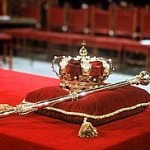 It is a parliamentary constitutional monarchy, in which the Prime Minister is the head of government (with a multi-party system) and the king is the head of state. More on this in: Monarchy.
It is a parliamentary constitutional monarchy, in which the Prime Minister is the head of government (with a multi-party system) and the king is the head of state. More on this in: Monarchy.
The separation of powers:
legislature: Parliament (states-general) with a first chamber and a second chamber.
Houses of Parliament, the Hague
I chamber – controls the consistency and quality of the laws, only approves or rejects them, is elected by the provincial states (parliaments).
First Chamber (the former seat of the States of Holland)
Presentation & Who sits where
II Chamber – (elected by all Dutch), determines the substantive content of the laws.
Second Chamber
- executive: the Council of Ministers (cabinet) and the king, who has only the right to be informed and to give advice.
- judiciary: local courts, cantonal Courts, Tribunal Courts and the Supreme Court.
Structure of the state
ren
Photo: Wikipedia, Wikimedia Commons

